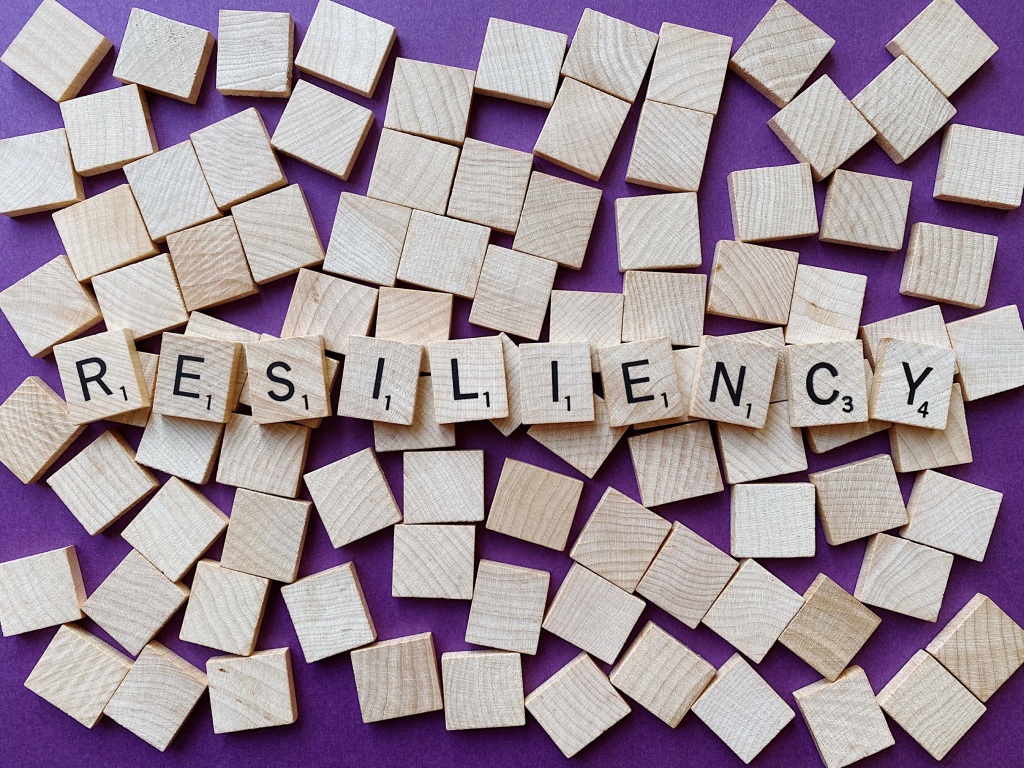
Ask anyone how long the COVID-19 pandemic has been affecting their daily life, and you’ll likely receive a range of answers. One thing would probably be constant in those answers, though: too long. Confounding the longevity has been the multiple waves. Just as things seem under control, a spike in cases erupts. Europe has now experienced its second wave, and in the United States, there’s indicators a third wave may be taking form.
These waves–the pattern of cases leveling off, declining, then surging higher–make the pandemic unlike most other disruptions businesses prepare for. Earthquakes, hurricanes, and other natural disasters are all localized phenomenon that occur over a brief period and are recovered from. Few if any companies had a response plan for a global catastrophe affecting their entire business and customer base that lasts for months.
Customer service has been hit especially hard in many industries. Though early on, customers and companies were displaying patience, kindness, and understanding, much of that has now eroded. As living with the pandemic has become a fact of life, customers’ expectations for great customer service have returned. And with uncertain times still ahead, now is the time to bolster the means of delivering customer service in a resilient and flexible manner to meet those expectations.
Expectations upfront
Companies must start by being direct. Set customer expectations that the organization is being challenged. Those difficulties might come in many forms: fewer agents available leading to longer response times, low product availability due to a constrained supply chain, etc.
Get ahead of complaints by being as transparent as possible. Put notices on the customer service website. Add recorded messages to telephone queues. Ensure live and automated chat and other messaging systems alert customers of the situation. By being very clear about the problems a company is facing, most customers will reset their expectations and are then less likely to escalate.
Proactive service
But companies can do more than put up messages and brace for poor performance in customer service. This is a key opportunity to go even further in expectation setting by proactively notifying customers of service challenges or any wide-ranging issues that might affect them.
Because customers don’t anticipate proactive service, it can have a strong impact on their perception of a company. Whether positive or negative, they appreciate hearing information in advance, rather than being subjected to discovering it themselves. With expectations set ahead of time, the urgency of customers’ requests might be reduced. It might encourage them to seek help over other channels. For customer service, it might make the difference between a reasonable workload and excessive volumes (and correspondingly poor service levels).
Self-service
Customer self-service has been available for many years. It has steadily grown in popularity, with many customers using it first before using live customer service channels. It takes many different forms: knowledge bases, online communities, chatbots, and automated solutions are among the most common.
Now is the time to double-down on these channels. Ensure knowledge base articles are up-to-date, easy to find, and the most important and viewed are highlighted. Encourage online community use and consider leaderboards and incentives to spur participation. Constantly verify your chatbot is addressing the common, high volume customer issues. Look for opportunities to use automation to instantly address issues and to direct customer requests to the departments who can address them.
Workflow
Speaking of directing customer requests to departments outside customer service…
One result of the pandemic has been the disruption of the traditional workplace. It’s no longer the case that co-workers are a few cubicles or floors away. While companies may have returned some staff to the office, they may soon face sending them back home as a result of cases surging locally. This means it’s likely other departments–not just customer service–are working remotely or in a state of flux. They may also be working outside traditional work hours because time is needed during the day to assist family.
This has the potential of slowing the resolution time of customer issues. It’s often the case the solution to a customer’s problem lies beyond the confines of customer service. Finance alone can address billing issues, engineering or manufacturing must handle product issues and defects, etc. Companies may struggle to resolve these issues with teams no longer co-located.
Workflow helps address these time- and location-based challenges. It ensures reliable, repeatable movement of work between customer service agents as well as the departments who assist customer service in resolving customer issues. It ensures customer cases aren’t lost or stalled by routing and detouring work to the agent or teams necessary and available. Plus, the current status of a customer issue is always available and accountability is maintained.
Strength through resilience
It’s easy to avoid an obstacle that’s visible well in advance. It’s not as easy when that obstacle suddenly appears or is rapidly changing. Such has been the case with COVID-19.
For the near term, companies must be continually flexible and resilient, especially when it comes to customer service. During this period, many companies have continued to prevail with strategies like those above. Now is not the time to take hands off the wheel but rather to continue to plan and anticipate. The next challenge is coming.



